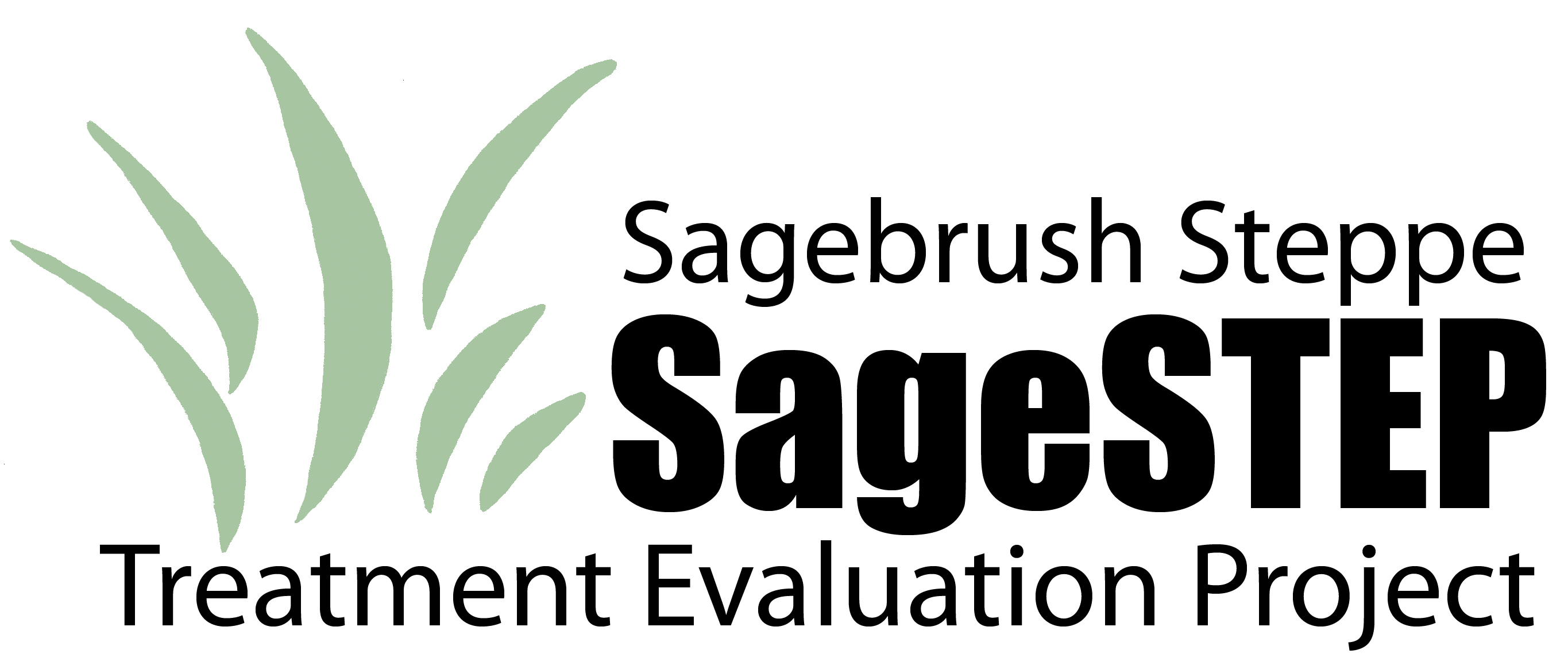Document Type
Article
Journal/Book Title/Conference
Soil Science
Volume
176
Issue
6
Publisher
Lippincott Williams & Wilkins
Publication Date
3-31-2011
First Page
1
Last Page
24
Abstract
Increasing atmospheric carbon dioxide and its feedbacks with global climate have sparked renewed interest in quantifying ecosystem carbon (C) budgets, including quantifying belowground pools. Belowground nutrient budgets require accurate estimates of soil mass, coarse fragment content, and nutrient concentrations. It has long been thought that the most accurate measurement of soil mass and coarse fragment content has come from excavating quantitative soil pits. However, this methodology is labor intensive and time consuming. We propose that diamond-tipped rotary cores are an acceptable if not superior alternative to quantitative soil pits for the measurement of soil mass, coarse fragment content, C and total nitrogen (N) concentrations. We tested the rotary core methodology against traditional quantitative pits at research sites in California, Nevada, and New York. We found that soil cores had 16% higher estimates of less than 2-mm soil mass than estimates obtained from quantitative pits. Conversely, soil cores had 8% lower estimates of coarse fragment mass compared with quantitative pits. There were no statistical differences in measured C or N concentrations between the two methods. At the individual site level, differences in estimates for the two methods were more pronounced, but there was no consistent tendency for cores to overestimate or underestimate a soil parameter when compared with quantitative pits.
Recommended Citation
Rau, B.M., A. M. Melvin, D.W. Johnson, C.L. Goodale, R.R., Blank, G. Fredriksen, W. W. Miller, J.D. Murphy, D.E. Todd and R.F. Walker. 2011. Revisiting soil carbon and nitrogen sampling: quantitative pits versus rotary cores. Soil Science, 176:273-279.




Comments
This is not the final published version.